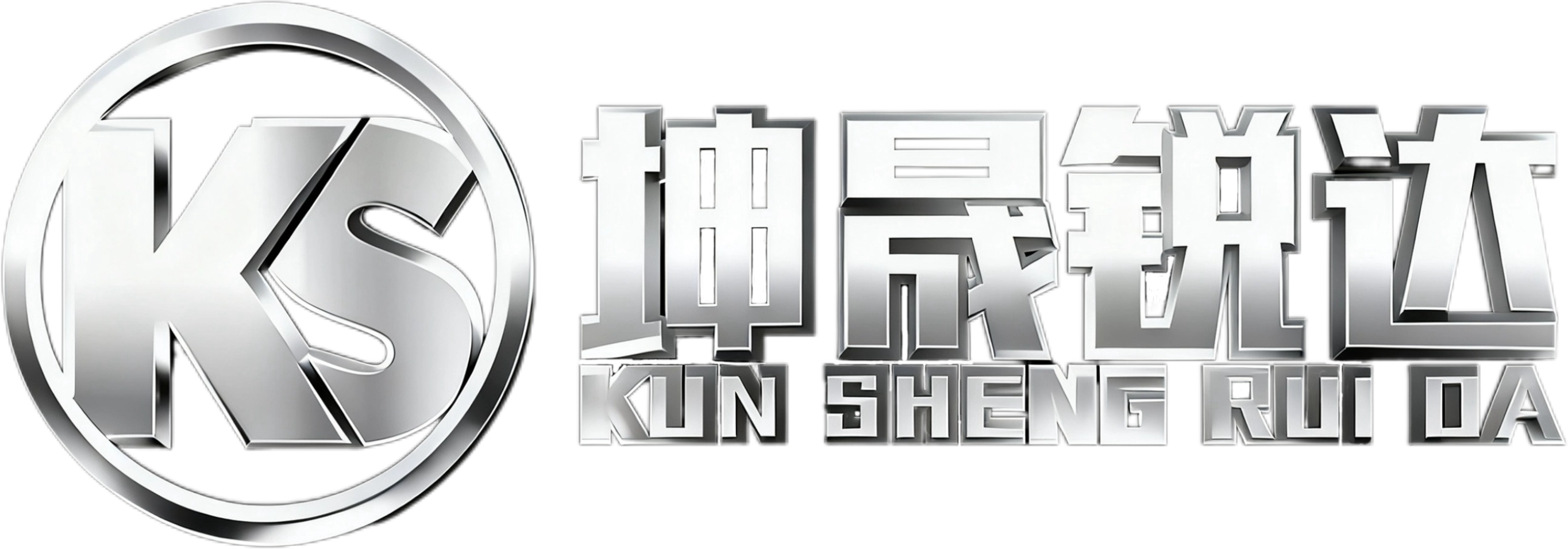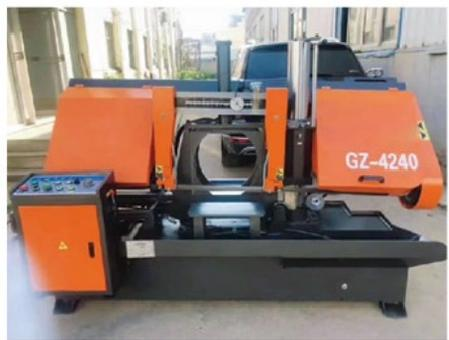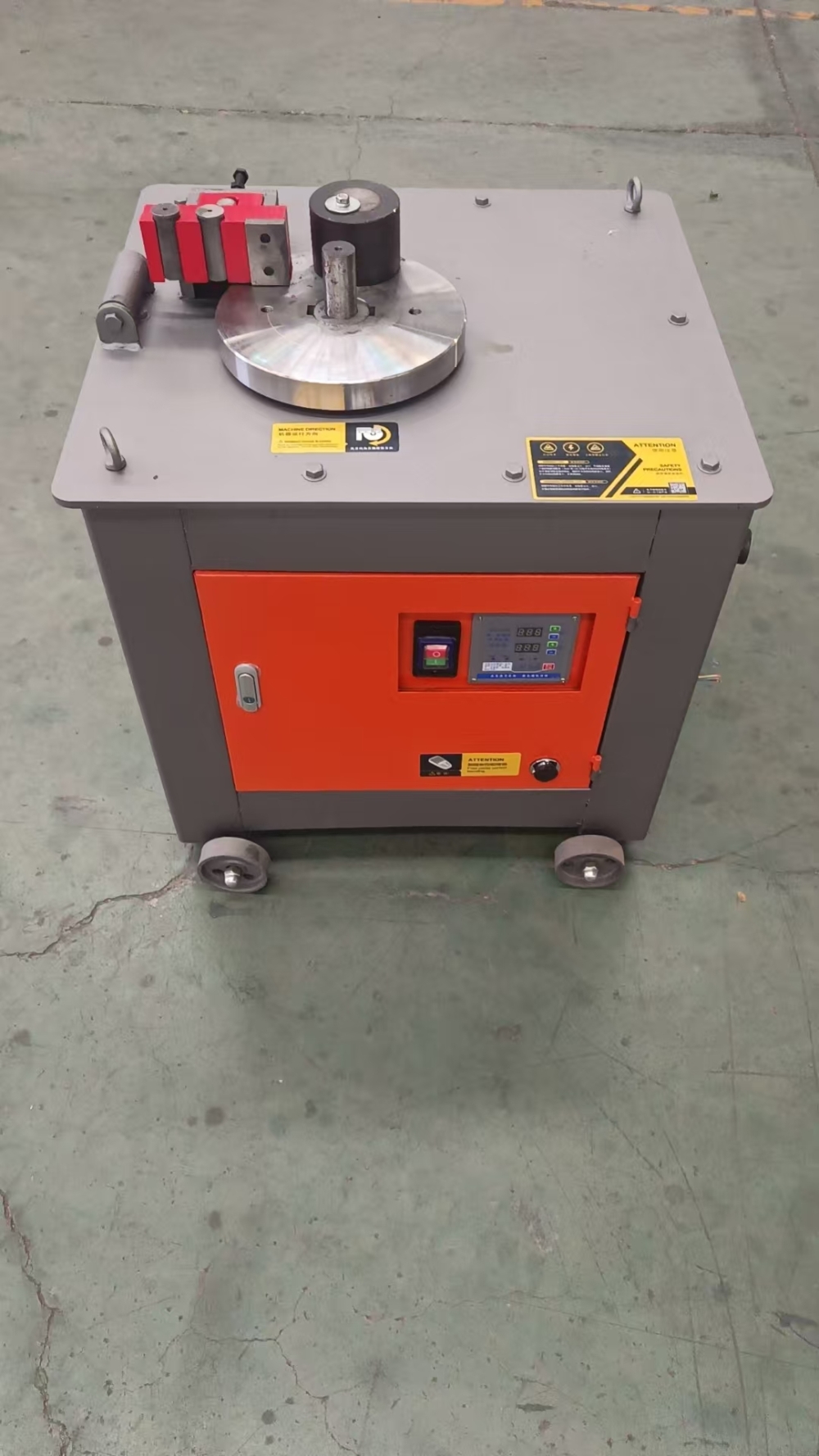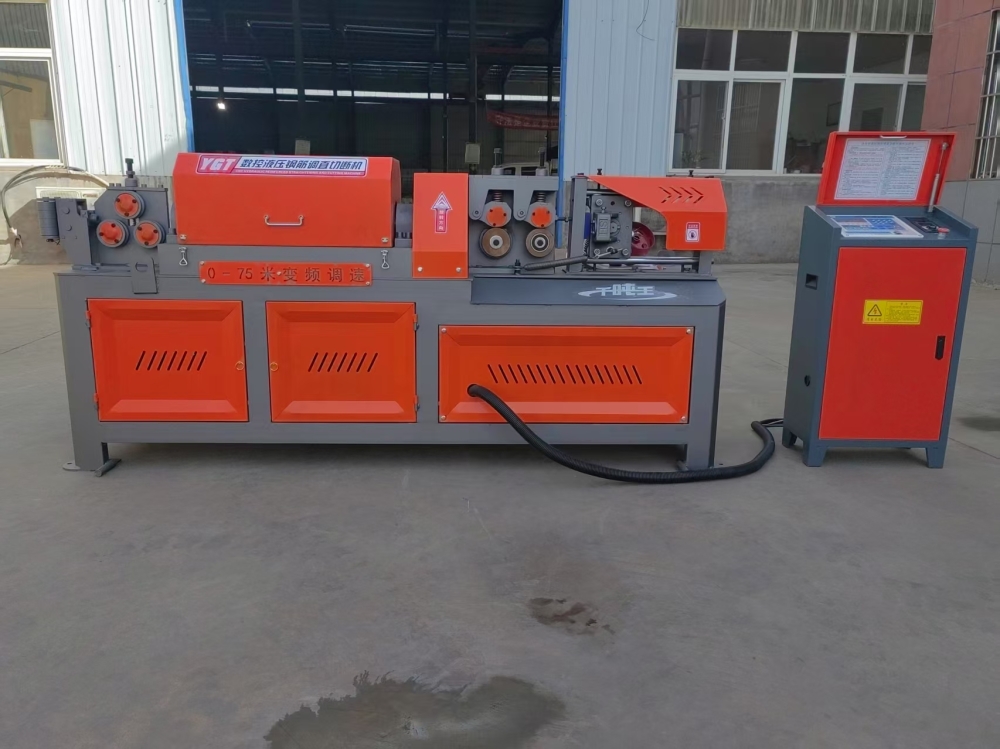Rebar bending machine
Rebar bending machines are key equipment in infrastructure projects for rebar processing. They are primarily used to bend round steel bars, threaded steel bars, and other rebars into various geometric shapes such as stirrups, hooks, arcs, and zigzags to meet the reinforcement requirements of building components.
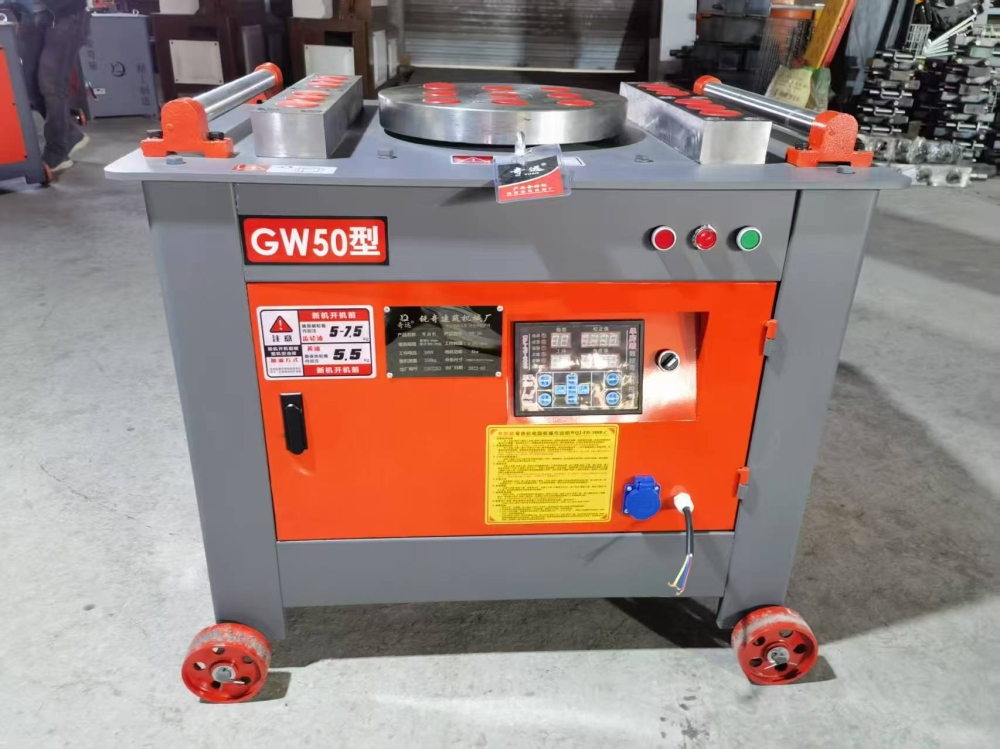
Rebar bending machines are key equipment in infrastructure projects for rebar processing. They are primarily used to bend round steel bars, threaded steel bars, and other rebars into various geometric shapes such as stirrups, hooks, arcs, and zigzags to meet the reinforcement requirements of building components. The equipment comes in two types: mechanical transmission and hydraulic transmission. The machine body is constructed of high-strength cast or welded steel, ensuring high stability. It is equipped with a CNC operating system (or manual adjustment mechanism), replaceable bending dies, and a precision positioning device. During processing, a motor drives the bending shaft to rotate, causing the rebar to bend around the die. The bending angle range is 0-180°, with an angle error controlled within ±1°. It supports processing Φ6-40mm round steel bars and threaded steel bars. Compared to manual bending, it offers advantages such as high forming accuracy, high efficiency, and low labor intensity, solving the problems of inconsistent shapes and large angle deviations associated with manual bending. It is widely used in rebar processing plants for building construction, bridges, high-speed railways, tunnels, and other projects, and is a core forming equipment in rebar processing production lines.
Features
1. Precise Bending Accuracy: CNC models utilize servo motor drive, ensuring angle error ≤ ±1° and bending radius error ≤ ±2mm. This results in uniformly shaped reinforcing bars, meeting the high-precision requirements of engineering reinforcement.
2. High Processing Efficiency: Mechanical models bend Φ25mm threaded steel in 3-5 seconds per cycle. CNC models support continuous multi-step bending, processing 1500-2500 stirrups in 8 hours, 5-8 times more efficient than manual bending.
3. High Degree of Automation: CNC models are equipped with a touchscreen, allowing for preset templates for various stirrups and hooks (e.g., 90°, 135°, 180° hooks). Parameter storage and recall are supported, and some models achieve fully automated feeding, bending, and unloading processes.
4. Wide Applicability: Capable of bending Φ6-40mm round steel and threaded steel. By changing different bending dies, it can process various shapes of reinforcing steel components, including rectangular, circular, rhomboid, and irregular shapes.
5. Easy and Flexible Operation: Mechanical models are controlled by a handle or foot switch, making operation simple; CNC models support importing CAD drawings to generate bending programs, allowing beginners to master basic operation within one hour.
6. Comprehensive Safety Protection: Equipped with a bending shaft protective cover, emergency stop button, and overload protection device to prevent rebar springback or equipment overload damage, complying with GB/T 23484 safety standards.
7. Stable and Durable Structure: The bending shaft is made of 45# steel with heat treatment and chrome plating for wear resistance. The machine body is rigid and has good shock resistance. Key components use precision bearings, resulting in a low failure rate over long-term operation and a service life of 8-10 years.
8. Low Maintenance Costs: Die replacement is convenient; a single die set can process 10,000-15,000 Φ25mm rebars. Routine maintenance only requires periodic lubrication and tightening, resulting in low annual maintenance costs.
- Rebar cutting machine Previous :
- CNC straightening and cutting machine Next :
